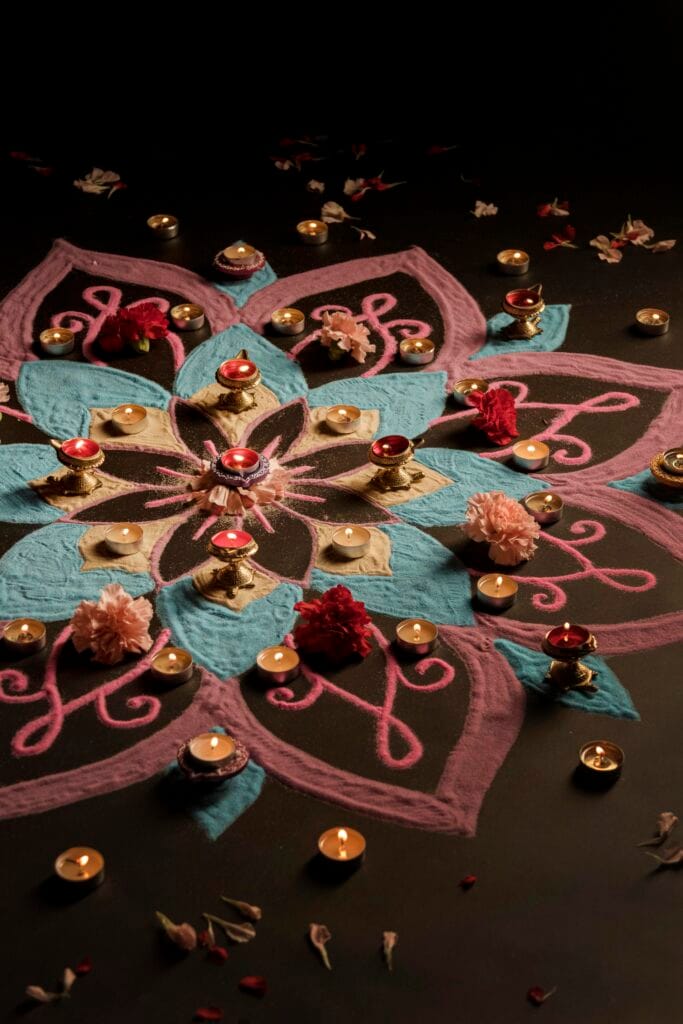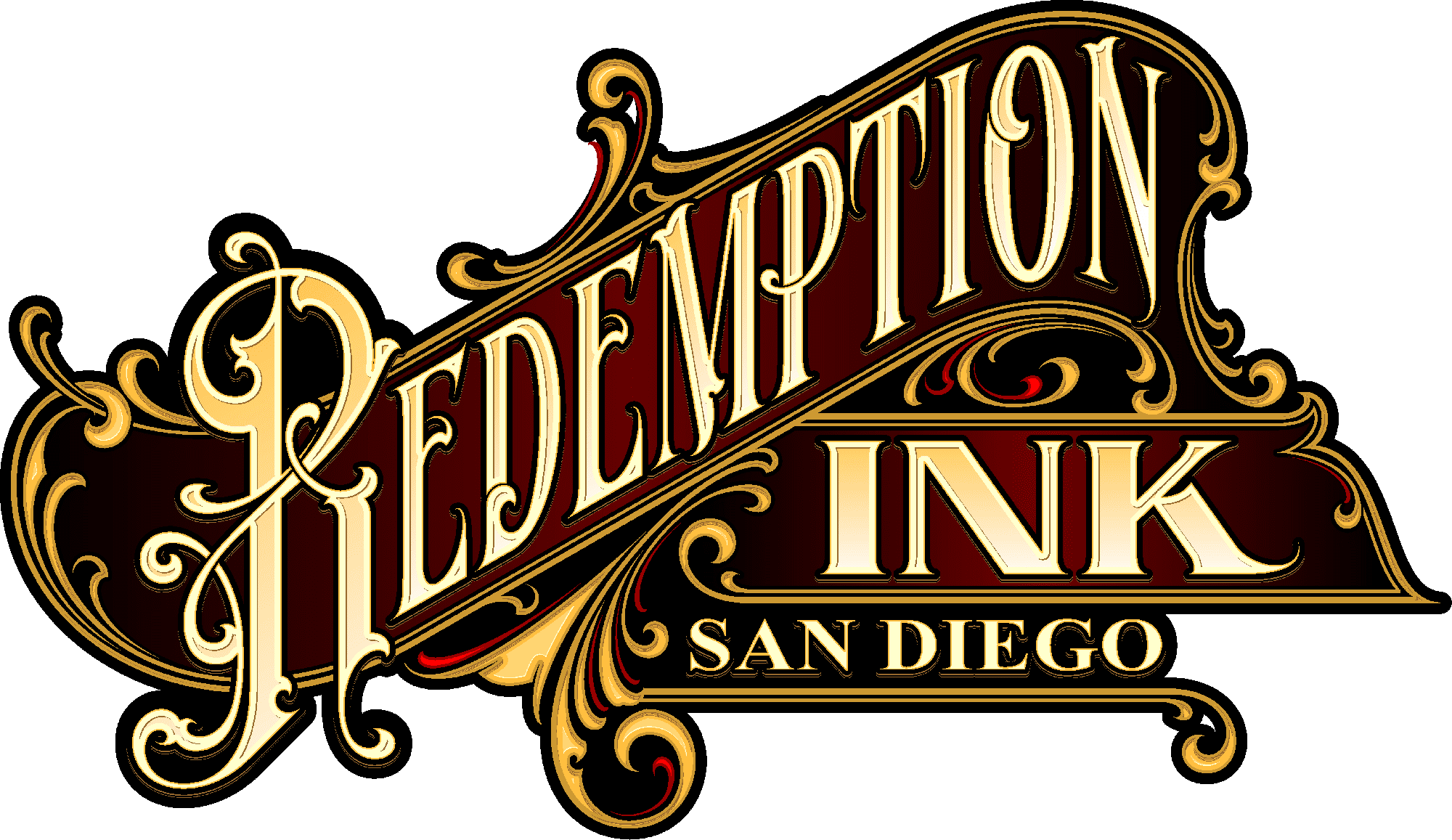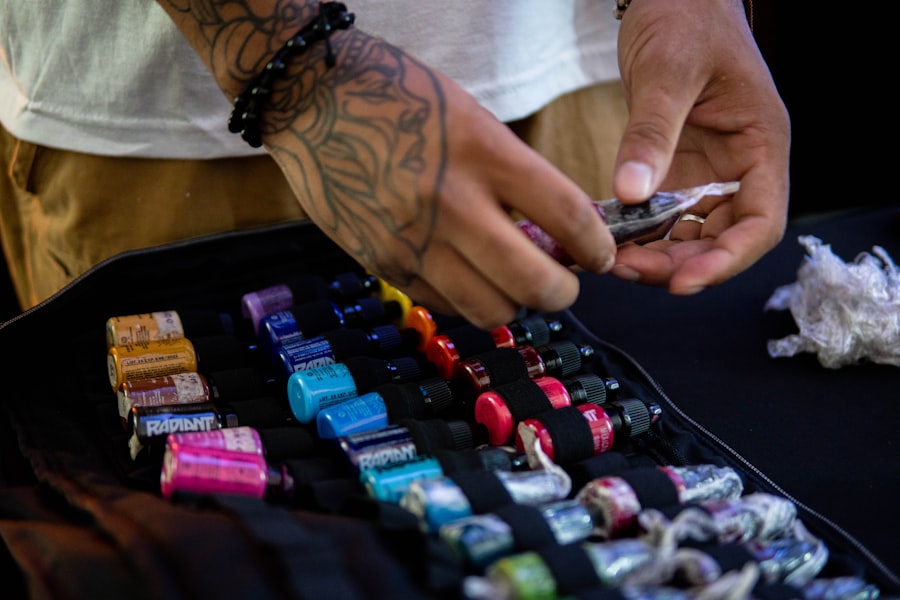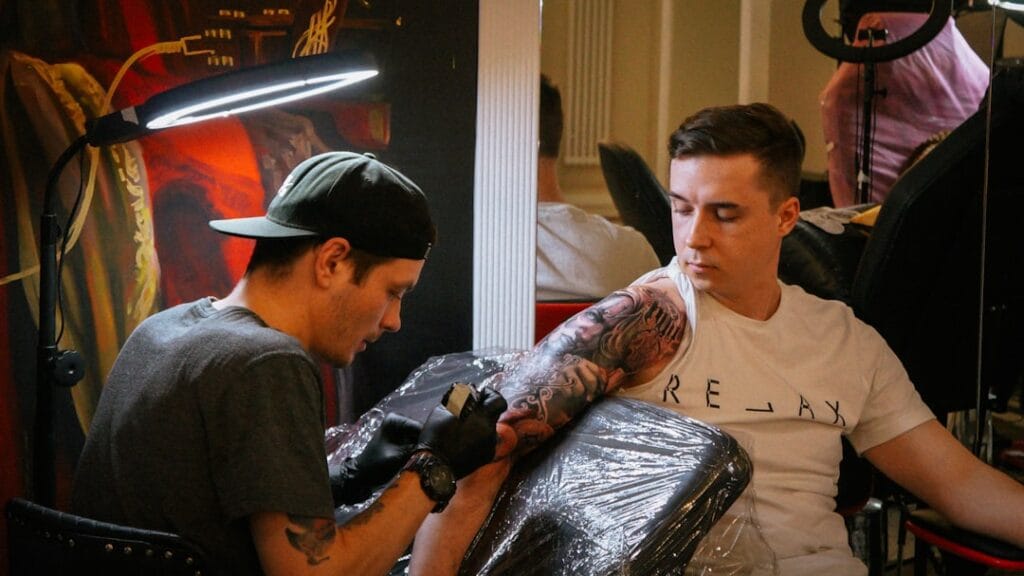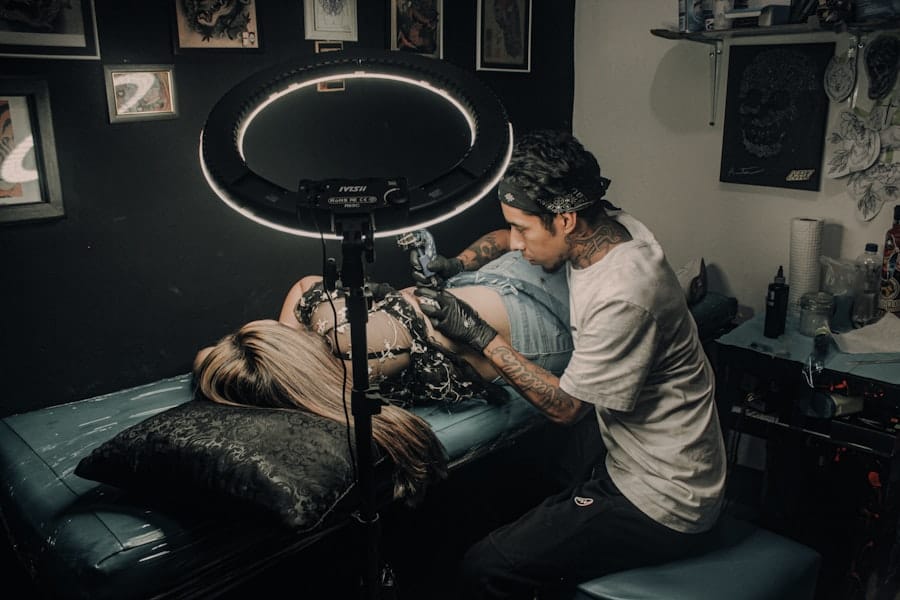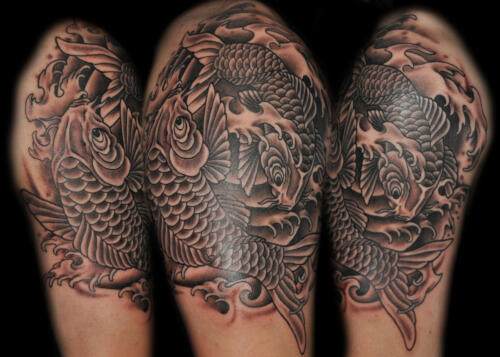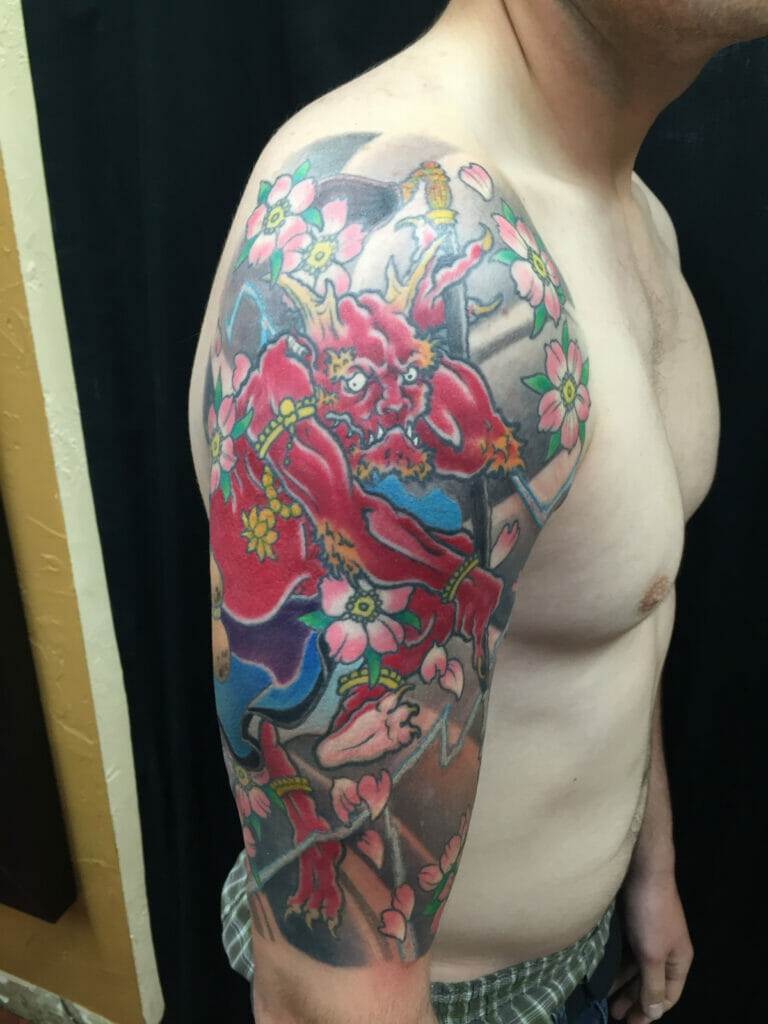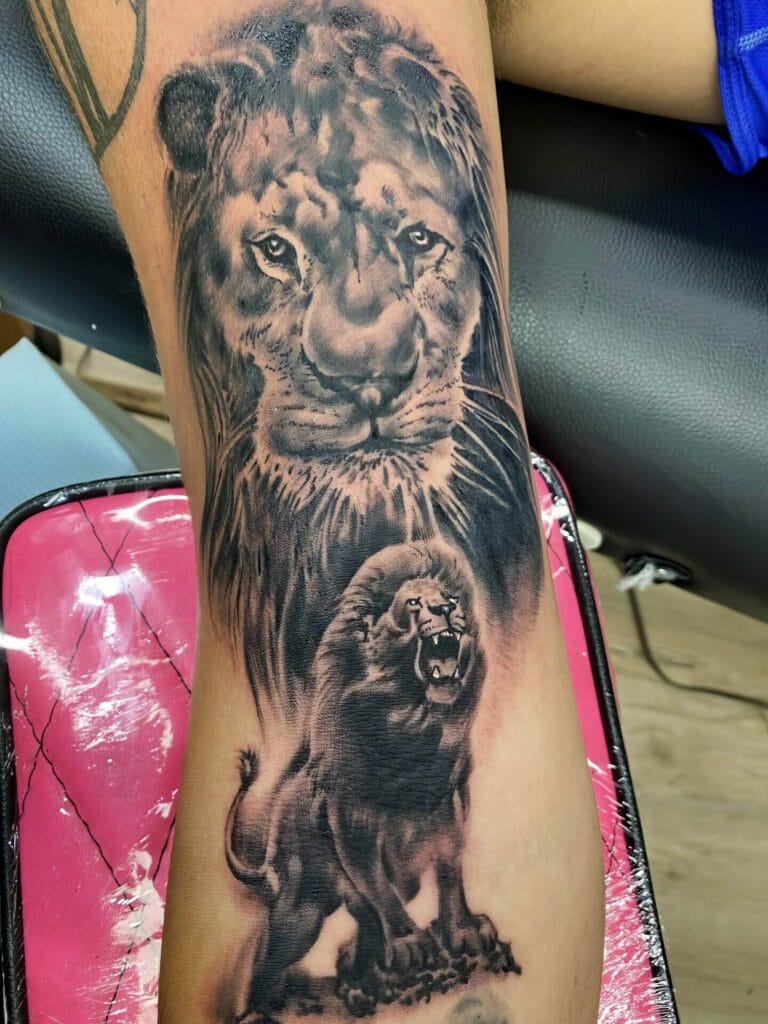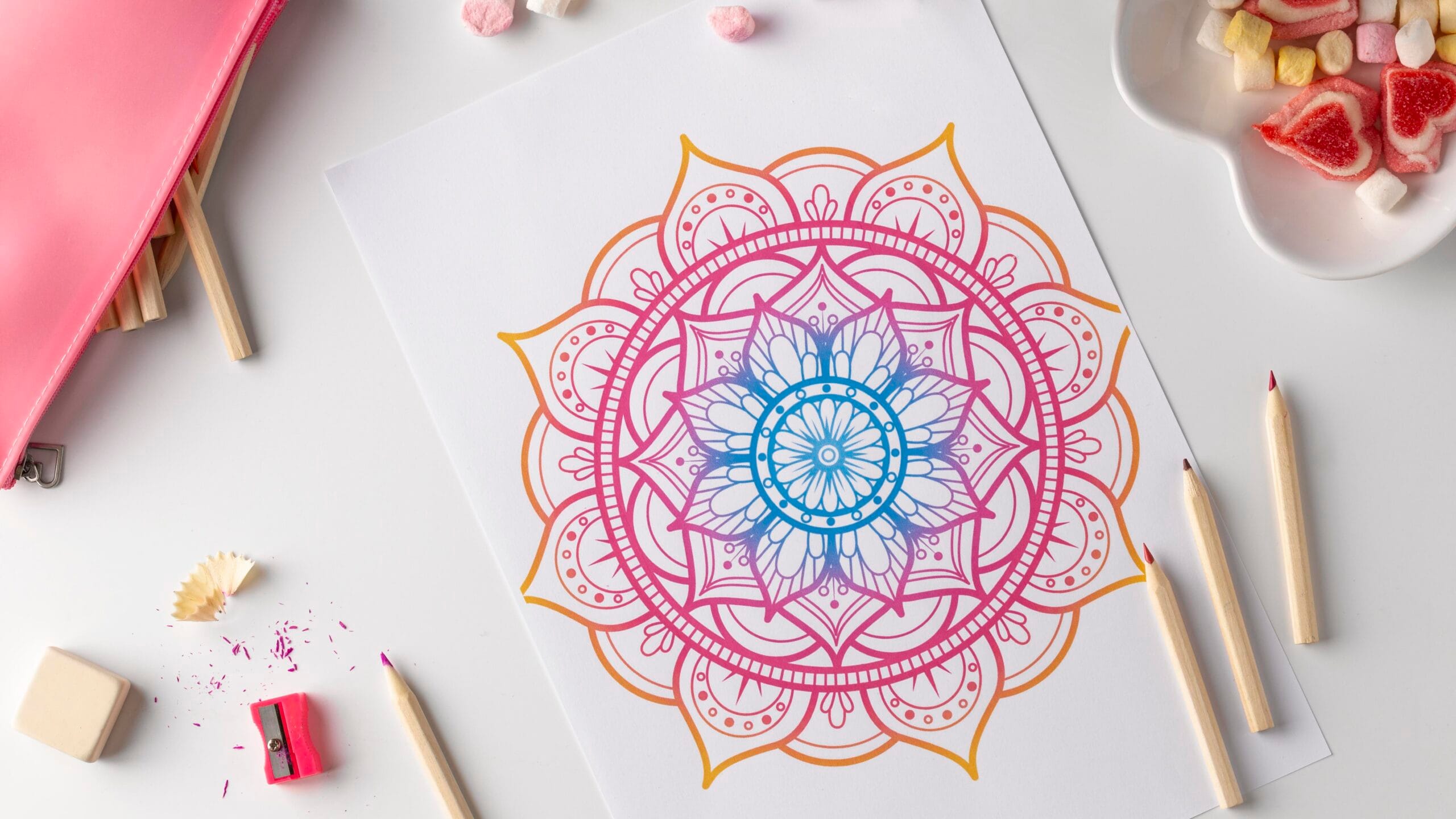
The history of mandala tattoos can be traced back to ancient cultures, particularly within Hinduism and Buddhism. Mandalas, which are intricate geometric designs, have been used for centuries as spiritual symbols representing the universe, wholeness, and the journey towards enlightenment. In these traditions, mandalas serve as tools for meditation and reflection, guiding practitioners in their spiritual journeys.
The art of tattooing these designs has evolved over time, with modern interpretations often incorporating vibrant colors and contemporary styles while still honoring their rich historical roots. Wave tattoos, on the other hand, have a more varied history that is often linked to maritime cultures and the symbolism of water. Waves represent the ebb and flow of life, embodying both the calm and tumultuous aspects of existence.
In many cultures, water is seen as a source of life and renewal, making wave tattoos a popular choice for those who wish to express their connection to nature. The combination of these two elements—mandalas and waves—creates a unique fusion that resonates with individuals seeking deeper meaning in their body art.
Key Takeaways
- Mandala and wave tattoos have a rich history, with mandalas originating from Hindu and Buddhist traditions and waves symbolizing the power of nature.
- The mandala represents wholeness and the universe, while waves symbolize the ebb and flow of life, making these tattoos deeply meaningful and spiritual.
- Modern tattoo art has seen a fusion of mandala and wave designs, creating stunning and unique hybrid tattoos that combine the symbolism of both elements.
- Popular designs of mandala and wave hybrid tattoos include mandalas within wave patterns, or waves incorporated into the intricate designs of mandalas.
- When choosing an artist for your mandala and wave hybrid tattoo, look for someone with experience in both mandala and wave designs, and consider their style and expertise in blending the two elements seamlessly.
Understanding the Symbolism of Mandala and Wave Tattoos
Mandala tattoos are steeped in symbolism, often representing balance, harmony, and the cyclical nature of life. The circular design of a mandala signifies unity and completeness, inviting the wearer to reflect on their own journey and place within the universe. Each intricate detail within a mandala can hold personal significance, allowing individuals to express their unique experiences and beliefs through this art form.
The meditative quality of mandalas also encourages mindfulness, making them a popular choice for those seeking spiritual growth or self-discovery. Wave tattoos carry their own rich symbolism, often embodying themes of change, resilience, and the passage of time. Waves can symbolize the highs and lows of life, reminding us that both calm and chaos are integral parts of our existence.
For many, waves represent a connection to the ocean and nature, evoking feelings of freedom and adventure. When combined with mandalas, the symbolism deepens, creating a powerful representation of life’s journey—where the stability of the mandala meets the fluidity of the waves.
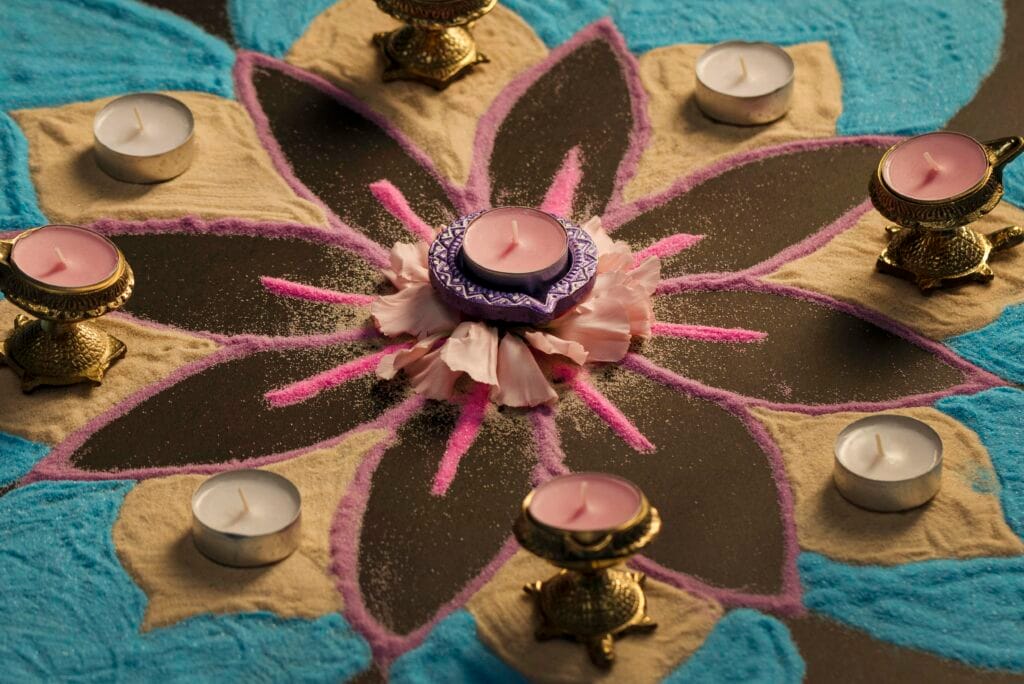
The Fusion of Mandala and Wave Tattoos in Modern Tattoo Art
In contemporary tattoo art, the fusion of mandala and wave designs has gained popularity as artists explore innovative ways to blend these two distinct styles. This hybrid approach allows for a dynamic interplay between structure and fluidity, creating visually stunning pieces that resonate with a wide audience. The combination often results in tattoos that are not only aesthetically pleasing but also rich in meaning, appealing to those who appreciate both the spiritual aspects of mandalas and the natural beauty of waves.
Artists are increasingly experimenting with color palettes and techniques to enhance this fusion. For instance, vibrant blues and greens can be used to depict waves, while intricate black lines may define the mandala’s geometric patterns. This interplay between color and form creates a sense of movement within the tattoo, capturing the essence of both elements.
As tattoo culture continues to evolve, the mandala-wave hybrid serves as a testament to the creativity and adaptability of modern tattoo artistry.
Popular Designs and Variations of Mandala and Wave Hybrid Tattoos
The popularity of mandala and wave hybrid tattoos has led to a diverse array of designs that cater to different tastes and preferences. One common variation features a large mandala at the center, with waves flowing outward or intertwining with its patterns. This design symbolizes the interconnectedness of life’s experiences, illustrating how stability can coexist with change.
Another popular design incorporates smaller mandalas within wave patterns, creating a sense of depth and complexity that draws the eye. Additionally, some artists choose to incorporate elements from nature into these designs, such as marine life or floral motifs. This not only enhances the visual appeal but also adds layers of meaning to the tattoo.
For example, a wave design that includes a lotus flower can symbolize purity and rebirth alongside the themes represented by both mandalas and waves. The versatility of this hybrid style allows for endless customization, making it an ideal choice for individuals looking to express their unique stories through body art.
Choosing the Right Artist for Your Mandala and Wave Hybrid Tattoo
Selecting the right tattoo artist is crucial when considering a mandala and wave hybrid tattoo. It is essential to find an artist who specializes in both styles or has experience in creating intricate designs that combine geometric patterns with fluid elements. Researching portfolios is an excellent way to gauge an artist’s skill level and style compatibility.
Look for examples that showcase their ability to blend these two distinct elements seamlessly while maintaining clarity and detail. Communication is also key when choosing an artist. A good tattoo artist will take the time to understand your vision and offer suggestions based on their expertise.
They should be open to discussing your ideas while providing insights into what works best for your chosen design. Establishing a rapport with your artist can lead to a more satisfying tattoo experience, ensuring that your mandala-wave hybrid tattoo reflects your personal style and meaning.
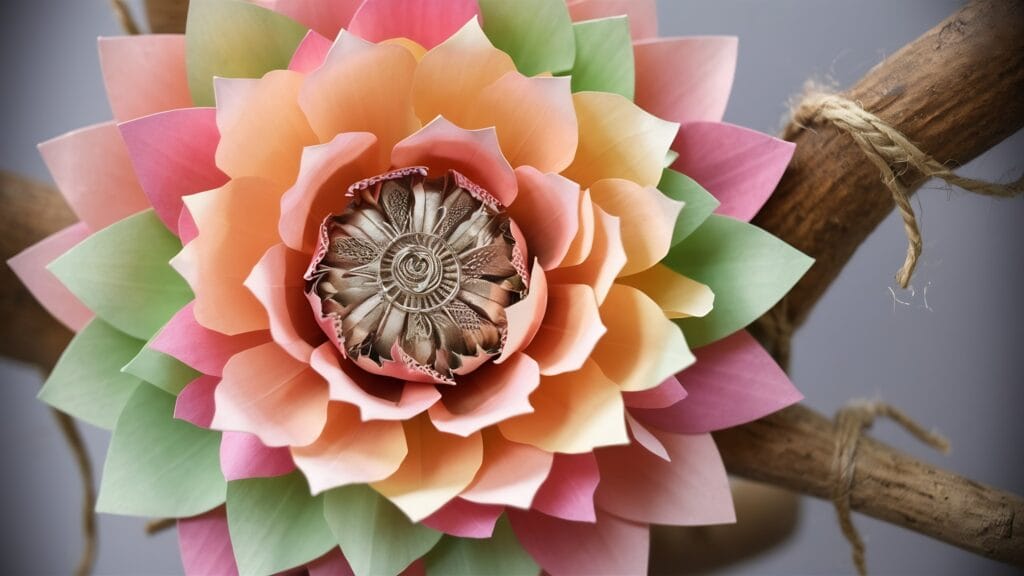
Placement and Sizing Considerations for Mandala and Wave Hybrid Tattoos
When it comes to placement and sizing for mandala and wave hybrid tattoos, several factors should be considered to achieve the desired effect. The intricacy of mandala designs often lends itself well to larger areas of skin where details can be fully appreciated. Common placements include the back, chest, or thigh—areas that provide ample space for elaborate designs.
However, smaller versions can also be adapted for areas like wrists or ankles if you prefer a more subtle representation. The size of your tattoo will also influence its overall impact. A larger piece allows for more detail and complexity, while smaller tattoos may focus on key elements that convey your intended message without overwhelming the viewer.
It’s important to discuss your preferences with your tattoo artist, who can provide guidance on how size and placement will affect the final outcome of your mandala-wave hybrid tattoo.
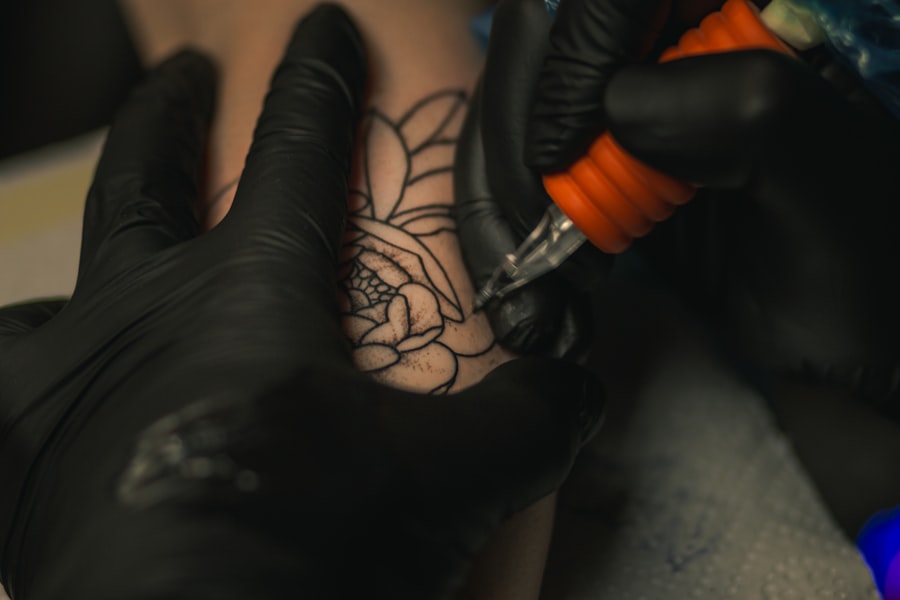
Aftercare and Maintenance Tips for Mandala and Wave Hybrid Tattoos
Proper aftercare is essential for ensuring that your mandala-wave hybrid tattoo heals well and retains its vibrancy over time. Immediately after getting your tattoo, follow your artist’s specific aftercare instructions, which typically include keeping the area clean and moisturized. Gently wash the tattoo with mild soap and water before applying a thin layer of fragrance-free lotion or ointment to keep it hydrated.
As your tattoo heals, it’s crucial to avoid direct sunlight exposure, as UV rays can fade colors and damage the skin. Wearing sunscreen on your tattooed area once it has fully healed will help preserve its appearance for years to come. Additionally, staying hydrated and maintaining healthy skin through proper nutrition can contribute to the longevity of your tattoo’s vibrancy.
The Meaning and Personal Significance of Mandala and Wave Hybrid Tattoos
For many individuals, mandala-wave hybrid tattoos hold deep personal significance beyond their aesthetic appeal. These tattoos often serve as reminders of life’s journey—symbolizing growth through challenges represented by waves while embracing stability through the structure of mandalas. Each person may interpret these symbols differently based on their experiences, making each tattoo unique in its meaning.
Moreover, these tattoos can act as personal talismans or sources of inspiration during difficult times. The combination of mandalas’ meditative qualities with waves’ dynamic nature encourages wearers to find balance amidst life’s uncertainties. Ultimately, a mandala-wave hybrid tattoo becomes not just an artistic expression but also a powerful representation of one’s inner journey—a visual narrative that encapsulates personal beliefs, experiences, and aspirations.
FAQs
What is a Mandala Meets Wave Hybrid Tattoo Concept?
A Mandala Meets Wave Hybrid Tattoo Concept is a unique tattoo design that combines elements of both mandalas and waves. Mandalas are intricate geometric designs often used in spiritual and religious practices, while waves are a common symbol in nature and can represent various meanings such as change, power, and the ebb and flow of life.
What are the characteristics of a Mandala Meets Wave Hybrid Tattoo Concept?
Characteristics of a Mandala Meets Wave Hybrid Tattoo Concept may include the incorporation of mandala patterns within the shape of a wave, or the blending of wave patterns with the circular and symmetrical nature of a mandala. The design may also feature elements such as dotwork, linework, and shading to create a visually striking and harmonious composition.
What is the significance of a Mandala Meets Wave Hybrid Tattoo Concept?
The significance of a Mandala Meets Wave Hybrid Tattoo Concept can vary depending on the individual’s personal interpretation and the specific elements incorporated into the design. Generally, the combination of mandalas and waves can symbolize the interconnectedness of the spiritual and natural worlds, as well as the cyclical nature of life and the universe.
How can I find a tattoo artist who specializes in Mandala Meets Wave Hybrid Tattoo Concepts?
To find a tattoo artist who specializes in Mandala Meets Wave Hybrid Tattoo Concepts, you can start by researching tattoo studios and artists in your area. Look for artists who have experience creating intricate and detailed designs, particularly those that incorporate mandalas and natural elements such as waves. You can also ask for recommendations from friends or family members who have similar tattoos or consult online tattoo communities for artist referrals. Be sure to review the artist’s portfolio to ensure their style aligns with your vision for the tattoo.
